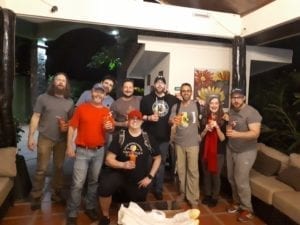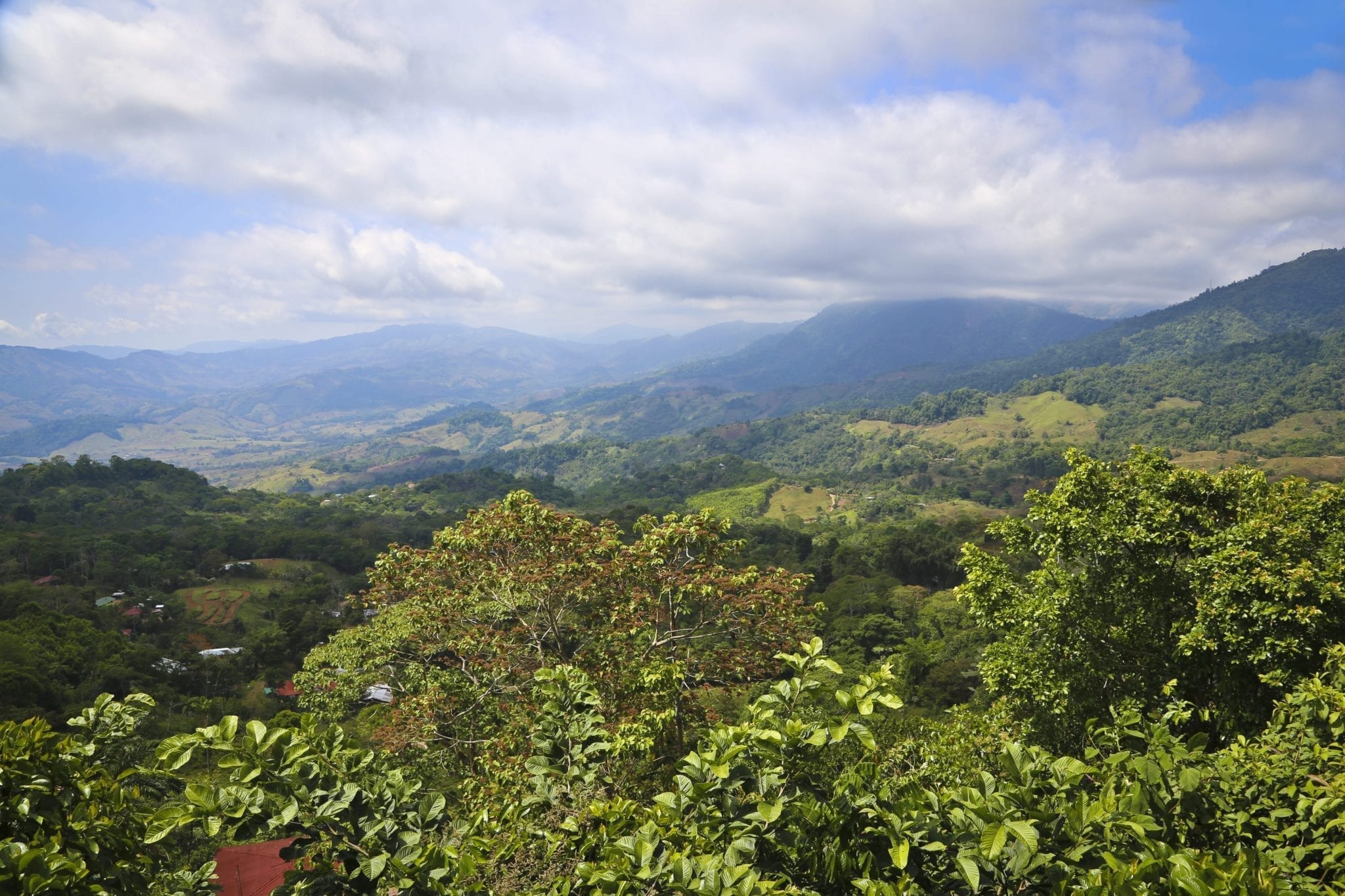Each time I have participated in the Camp Aftermath experience, I have been struck by the speed and apparent ease with which each group of participants bond with each other, connect more with themselves, and emerge with the beginnings of new habits and motivations to carry back home with them.

Some people who have heard about Camp Aftermath and appreciate the program’s intentions ask, “But why Costa Rica?” They wonder why this can’t be achieved by a program here in Canada, perhaps by participating in local projects – why does it have to involve going so far away?
There’s actually a good reason to pull people away from their ordinary lives, demands, and routines and it has to do with the brain.
To start, there are a couple of things you need to know about the brain.
First, the brain is an active, always changing organ. It isn’t isolated inside our head, it’s always interacting with what happens inside us — with our thoughts and feelings and bodily changes — as well as outside, with our various environments (work, home, school, grocery store, etc., etc.). And it changes in response to these internal and external interactions. That’s both how traumatic symptoms develop and how they can be released.
Second, the brain~body — that totally integrated combination — is also, as my father used to call it, “thrifty”. If the brain~body can find a way to do something that saves energy and resources, it will do it that way. That means we build habits, those automatic ways of reacting and doing things, so that we don’t have to figure something out as if it were new every time. We learn clues as to what is needed, recognize signals that kick habits into gear, and do things “automatically” without even noticing we’re doing it. (Ever find you’ve driven home even though you fully intended to stop for groceries?) I’m going to call those efficiencies “brain-habits”.

Dr. Shue (second from right) with Roto 1
Now, when we’re talking about a brain that has experienced trauma, especially repeated trauma (like abuse or military service), the brain~body has learned what cues to pay attention to and how to be “ready” for another episode of trauma — in other words, it has learned the brain-habit of being ready for trauma.
That’s one set of habits — the always-alert, always-ready, trauma-habits.
And then there’s another set of habits to consider: the strategies one develops to try to minimize or avoid the discomfort of living in this always-ready trauma-habit. One might use strategies like being as secluded as possible, of avoiding the sounds and movements of crowded, loud, places, of expecting family members to act in certain ways, sleeping too much or too little, or using substances that dull the constant alertness, etc. And the always-learning, efficiency-seeking brain is going to wrap itself around these strategies so that trying to change them creates another level of discomfort in addition to the trauma-habits. It feels “wrong” to do something that is counter to the strategy-habits.
And now I’m finally getting to the point.
When a trauma program is local and the person is living at home or even is still in the home-community, those trauma-habits and strategy-habits still find the cues that engage the automatic brain activity and make the discomfort of trying to create change even stronger.
But when we can change the environmental cues — the more the better — it leaves more “space” to be able to learn new strategy-habits (like new morning and evening routines), because the old habits aren’t getting cued. When the old habits aren’t cued, the brain~person has the opportunity to figure out how to respond, it’s not just (as) automatic. When the new environment feels safe, it leaves more room to be able to unlearn trauma-habits.
Then, when the person does come back into their previous home and work environments, they are more likely to be able to start building the new brain-habits into the old setting. It isn’t easy. It takes some work to teach the old brain(-habits) new tricks, but it’s an easier transition than just trying to impose or force the new onto the old from the get-go.
And that’s why Costa Rica works. It’s away from the familiar (with a different language, different culture, different expectations), it’s safe for travelers, and through the volunteer work, it gives a chance to practice new strategy-habits as part of meaningful activities that contribute to a community and building new relationships with each other and with people in that community that have no prior expectations of them. The combination of changing strategy-habits + new relationship-options + safety opens all sorts of doors into changing the previously learned trauma-habits.
Even if the experience isn’t always in Costa Rica, these principles will still apply. So why not Costa Rica?
Dr Karen Shue is a brain injury expert. She has a PhD in clinical psychology from McGill University in Montreal and is a registered psychologist with the College of Psychologists of Ontario. She is also a member of the Camp Aftermath Advisory Board.


